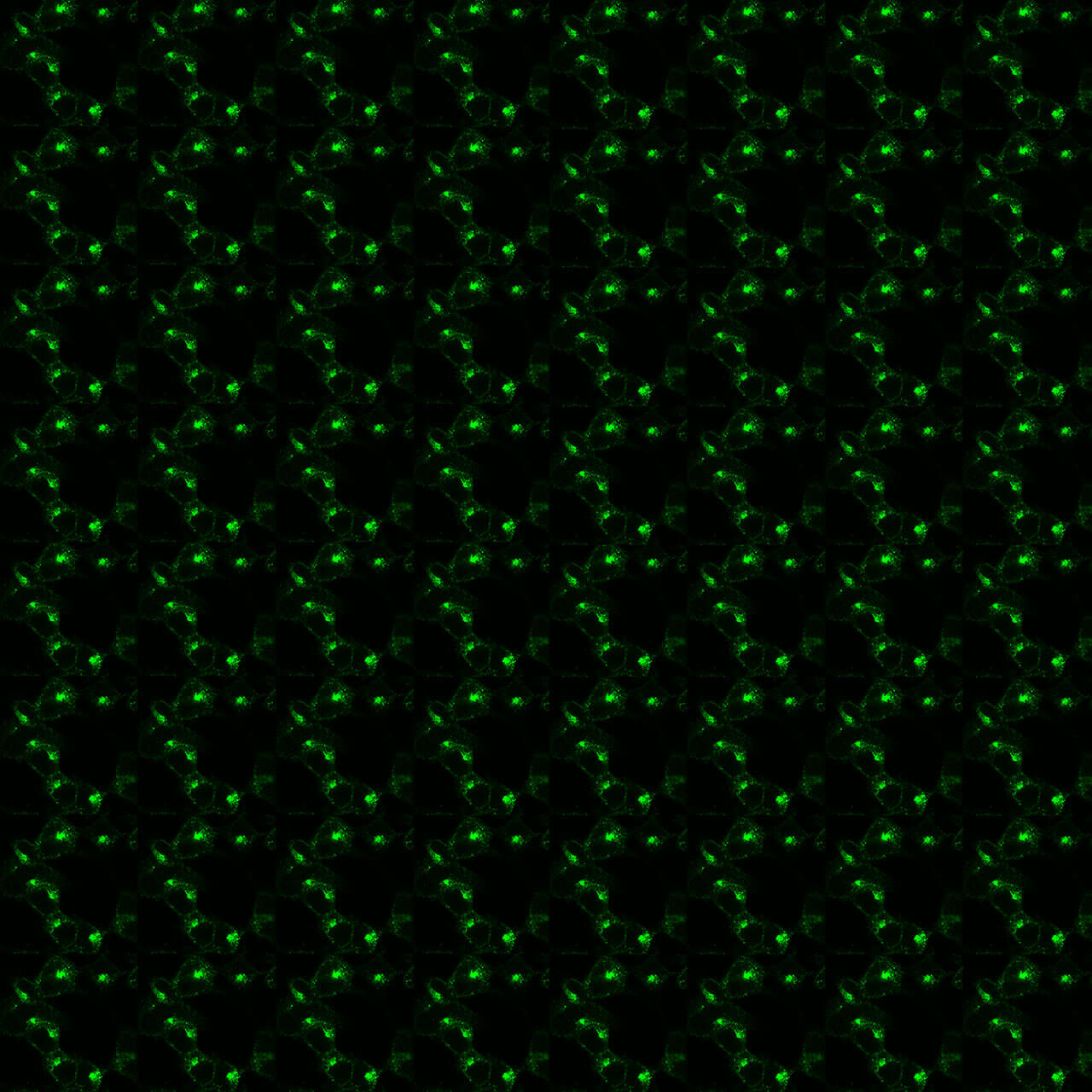No results were found for the filter!
NEW
 5-HT6 (IHC-grade), 5-HT Receptor 6 Antibody
5-HT6 (IHC-grade), 5-HT Receptor 6 Antibody The 5-HT6 receptor antibody is directed against the distal part of the carboxyl-terminal tail of human 5-Hydroxytryptamine Receptor 6 (5-HT6). It can be used to detect total 5-HT6 receptors in Western blots independent of...
375.00 € *
NEW
 pS351/pT356-GPR17 (IHC-Grade phospho-GPR17...
pS351/pT356-GPR17 (IHC-Grade phospho-GPR17... Serine351/Threonine356 (S351/T356) is a major phosphorylation site of the human GPR17 receptor. The pS351/pT356-GPR17 antibody detects phosphorylation in response to high-efficacy agonists. S351/T356 phosphorylation is a key regulator of...
550.00 € *
NEW
 GPR17 (GP-non-phospho), G Protein-coupled...
GPR17 (GP-non-phospho), G Protein-coupled... The non-phospho-GPR17 receptor antibody is directed against the distal part of the carboxyl-terminal tail of human GPR17. It can be used to detect total GPR17 receptors in Western blots independent of phosphorylation. The...
375.00 € *
NEW
 SUCNR1/GPR91 (GP-non-phospho), Succinate...
SUCNR1/GPR91 (GP-non-phospho), Succinate... The non-phospho-SUCNR1 receptor antibody is directed against the distal end of the carboxyl-terminal tail of human SUCNR1. It can be used to detect total SUCNR1 receptors in Western blots independent of phosphorylation. The SUCNR1...
375.00 € *
NEW
 EP4 (GP-non-phospho), EP4 Prostanoid Receptor...
EP4 (GP-non-phospho), EP4 Prostanoid Receptor... The non-phospho-EP4 receptor antibody is directed against the distal end of the carboxyl-terminal tail of human EP4. It can be used to detect total EP4 receptors in Western blots independent of phosphorylation.
375.00 € *
NEW
 GPR183 (GP-non-phospho), Oxysterol Receptor...
GPR183 (GP-non-phospho), Oxysterol Receptor... The non-phospho-GPR183 receptor antibody is directed against the distal end of the carboxyl-terminal tail of human GPR183. It also detects GPR183 in cultured cells and tissue sections by immunohistochemistry. It can be used to detect...
375.00 € *
NEW
 MRGPRX2 (IHC-grade), MRGPRX2 Mas-related...
MRGPRX2 (IHC-grade), MRGPRX2 Mas-related... The non-phospho-MRGPRX2 receptor antibody is directed against the distal end of the carboxyl-terminal tail of human MRGPRX2. It can be used to detect total MRGPRX2 receptors in Western blots independent of phosphorylation. The MRGPRX2...
375.00 € *
NEW
 LPA3 (non-phospho), Lysophosphatidic Acid...
LPA3 (non-phospho), Lysophosphatidic Acid... The non-phospho-LPA3 receptor antibody is directed against the distal end of the carboxyl-terminal tail of human LPA3. It can be used to detect total LPA3 receptors in Western blots independent of phosphorylation. The LPA3 antibody can...
375.00 € *
NEW
 LPA5 (non-phospho), Lysophosphatidic Acid...
LPA5 (non-phospho), Lysophosphatidic Acid... The non-phospho-LPA5 receptor antibody is directed against the distal end of the carboxyl-terminal tail of human LPA5. It can be used to detect total LPA5 receptors in Western blots independent of phosphorylation. The LPA5 antibody can...
375.00 € *
NEW
 AT2 (non-phospho-Angiotensin Receptor 2 Antibody)
AT2 (non-phospho-Angiotensin Receptor 2 Antibody) The non-phospho-AT2 receptor antibody is directed against the distal part of the carboxyl-terminal tail of human Angiotensin Receptor 2 (AT2). It can be used to detect total AT2 receptors in Western blots independent of phosphorylation....
375.00 € *
NEW
 AT1 (non-phospho-Angiotensin Receptor 1 Antibody)
AT1 (non-phospho-Angiotensin Receptor 1 Antibody) The non-phospho-AT1 receptor antibody is directed against the distal part of the carboxyl-terminal tail of human Angiotensin Receptor 1 (AT1). It can be used to detect total AT1 receptors in Western blots independent of phosphorylation....
375.00 € *
NEW
 GPR55 (non-phospho), G protein-coupled...
GPR55 (non-phospho), G protein-coupled... The non-phospho-GPR55 receptor antibody is directed against the distal end of the carboxyl-terminal tail of human GPR55. It can be used to detect total GPR55 receptors in Western blots independent of phosphorylation. The GPR55 antibody...
375.00 € *
NEW
 GPR146 (non-phospho), G protein-coupled...
GPR146 (non-phospho), G protein-coupled... The non-phospho-GPR146 receptor antibody is directed against the distal end of the carboxyl-terminal tail of human GPR146. It can be used to detect total GPR146 receptors in Western blots independent of phosphorylation. The GPR146...
375.00 € *
NEW
 GPR119 (non-phospho), G protein-coupled...
GPR119 (non-phospho), G protein-coupled... The non-phospho-GPR119 receptor antibody is directed against the distal end of the carboxyl-terminal tail of human GPR119. It can be used to detect total GPR119 receptors in Western blots independent of phosphorylation. The GPR119...
375.00 € *
NEW
 EP4 (non-phospho), EP4 Prostanoid Receptor...
EP4 (non-phospho), EP4 Prostanoid Receptor... The non-phospho-EP4 receptor antibody is directed against the distal end of the carboxyl-terminal tail of human EP4. It can be used to detect total EP4 receptors in Western blots independent of phosphorylation.
375.00 € *
NEW
 GPR183 (IHC-grade), Oxysterol Receptor Antibody
GPR183 (IHC-grade), Oxysterol Receptor Antibody The non-phospho-GPR183 receptor antibody is directed against the distal end of the carboxyl-terminal tail of human GPR183. It also detects GPR183 in cultured cells and tissue sections by immunohistochemistry. It can be used to detect...
375.00 € *
Recently viewed


